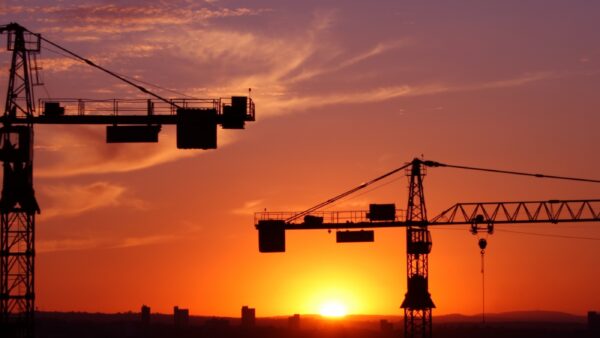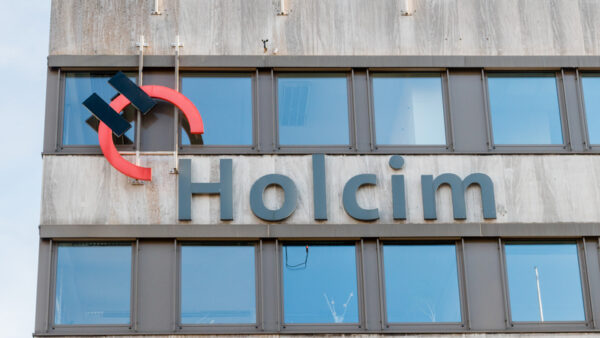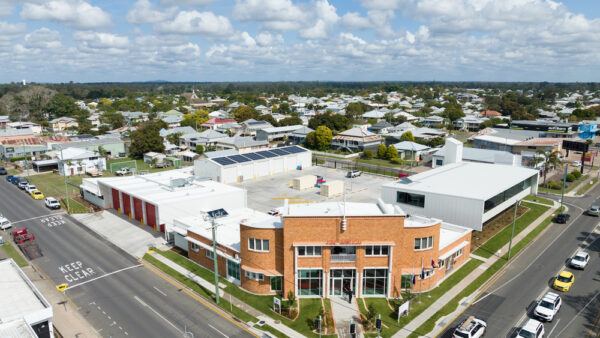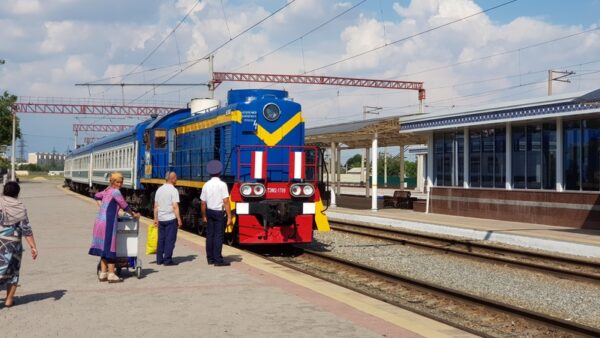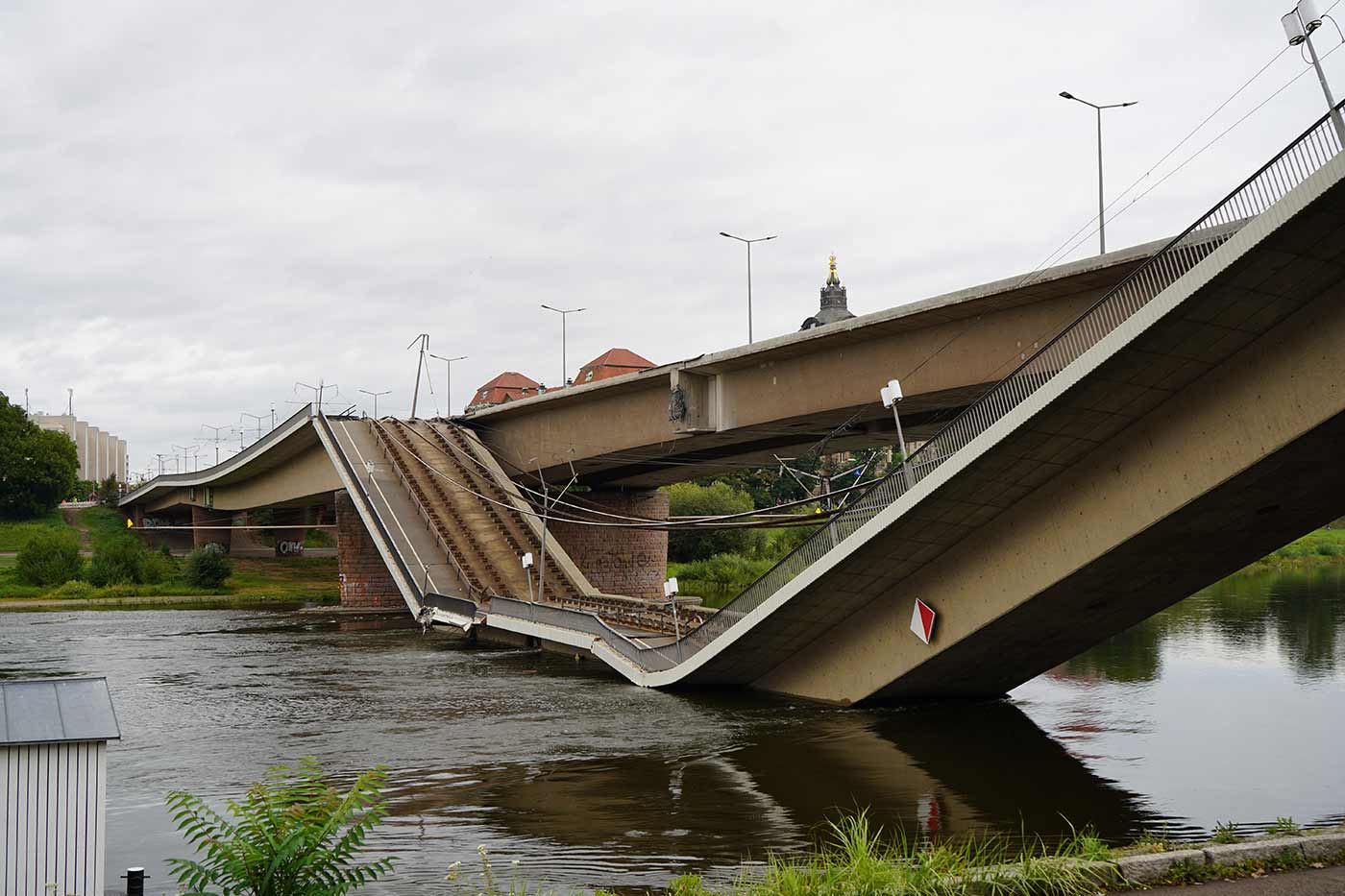
First, the bad news: Last month, eurozone construction saw its steepest drop in activity since March.
In Germany, the sector was described as “sinking deeper into the proverbial swamp” while, in politically paralysed France, demand for construction saw its sharpest decline since the foul bloom of the covid pandemic in May 2020.
Only in Italy was there a second successive monthly rise in new order intakes.
The data comes from the latest Hamburg Commercial Bank (HCOB) Purchasing Managers’ Index, published by S&P Global Market Intelligence. It surveyed construction purchasing managers in the three countries as a temperature-check for the currency bloc.
But there is good news: Stepping away from construction, last month also saw the eurozone economy, generally, expanding at its fastest rate since May 2023, stirring from stagnation thanks to heightened service sector activity and stronger demand, according to another S&P Global survey, the HCOB Eurozone Composite Purchasing Managers’ Index.
It might mean that, insofar as construction is the canary in any economy’s coal mine, October 2025 could be one of the last, tricky bends on the way to a better 2026.
Wasn’t Germany going to rebuild?
For construction, October’s drop in output was steeper than in September, driven by a sharper reduction in new orders in housing and civil engineering. The commercial sector’s decline was softer, but still pronounced.
Expressed in numbers, the HCOB Eurozone Construction PMI Total Activity Index fell from 46.0 in September to 44.0 in October. Readings below 50.0 indicate a shrinkage in activity.
“While the situation in Italy is at least holding steady, Germany’s sector is sinking deeper into the proverbial swamp,” said Hamburg Commercial Bank chief economist Dr. Cyrus de la Rubia. “And with [its] political situation getting more fragile, France looks set to follow Germany’s path.”
There had been high hopes for civil engineering in Germany after the new government of Chancellor Friedrich Merz in June committed €166bn over the next five years to tackle the country’s backlog of dilapidated transport infrastructure.
“But after two months of growth, activity has taken a sharp dive,” Dr. Rubia said. “We expect a broader range of public projects to get underway next year, which should help this sector grow more steadily.”
In France, planned austerity measures and political stalemate are likely to keep this sector weak, the economist said, adding: “Italy’s civil engineering has found some stability, but with tight budgets, big leaps forward aren’t likely.”
Lower new order inflows led firms to reduce their staffing numbers in October, extending the current period of job shedding to 32 months. The rate of reduction was moderate overall, but the sharpest since February.
A small bright side is that cost pressures eased during October to the lowest in seven months.
Cheerier big picture
Zooming out to the eurozone economy as a whole, a cheerier picture emerges.
S&P Global’s HCOB Eurozone Composite Purchasing Managers’ Index climbed to 52.5 in October from 51.2 in September, its highest level in 29 months and the 10th consecutive month of positive index readings.
Spain led the pack with a reading of 56.0, a 10-month high.
Germany revved, notching up 53.9, a 29-month high. Ireland recorded a five-month high of 53.7, and Italy came in at 53.1, a 19-month high.
The sombre outlier was France with a negative 47.7 reading, an eight-month low.
Introducing a note of suspense, HCOB observed that new eurozone business growth was entirely driven by services. Factory order volumes were stagnant, which is actually an improvement on September, when factory orders declined.
Dr. Rubia was heartened.
“Finally, there’s something positive to report about the eurozone economy again,” he said.
“When it comes to new business, you’d have to go back to May of last year to find a similarly strong increase. In this environment, service providers also hired more staff than in the previous month, which sparks hope for sustained growth.”
- Subscribe here to get stories about construction around the world in your inbox three times a week

